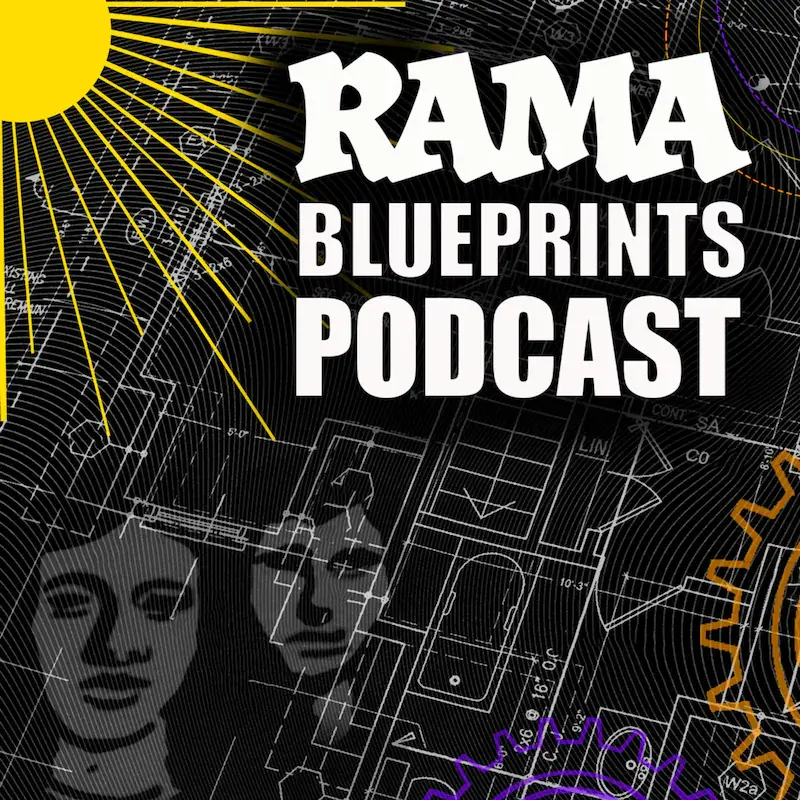Pride Month: Its History and the Beginning of LGBTQ+ Civil Rights.
- Eduardo Morales, PhD.

- Nov 8, 2020
- 3 min read
Updated: Aug 23, 2022
By Eduardo Morales, Ph.D.
What is Pride Day? Police regularly harassed and arrested LGBTQ+ persons including San Francisco. The Compton Riots occurred in San Francisco on an August night in 1966 at the Compton’s Cafeteria located at 101 Taylor Street at Turk Street in the Tenderloin District in response to constant police harassment of drag queens and transgender persons. In resisting arrest, a transgender woman threw coffee at the police who were harassing her. This generated into a riot between police and patrons. In 1972 the Compton Cafeteria closed for good. On the night of June 28, 1969, there was a police raid at the Stonewall Inn, a gay club in Greenwich Village in Manhattan. This sparked a riot among marginalized bar patrons who were primarily African American, Latinx, and transgender persons. The following six days protests and violent clashes occurred with law enforcement officers outside the bar on Christopher Street. This served as a catalyst for the LGBTQ+ movement in the United States and around the world. Pride Day is the commemoration of the Stonewall Riots in New York City.

Given the multiple police raids, why did the Stonewall Riots mark the start of the LGBTQ+ movement? Some say that patrons at the Stonewall Bar were commemorating the recent death of Judy Garland whom they identified with as a performing artist who struggled throughout her lifetime. Her appearance at Carnegie Hall won her four Grammy Awards and the first woman to win a Grammy for an album in that category. Her multiple record-breaking appearances at the Palace was treasured by many New Yorkers. One might say the police raid on the night of June 28, 1969, violated patron’s basic human right of mourning the life of someone whom many admired and triggered the Stonewall Riots. Since then, the LGBTQ+ community commemorates the start of its movement with a parade on the last Sunday of June of every year since 1970 in New York, San Francisco, and Chicago. Eventually other cities determined to celebrate Pride Day on days that do not conflict with Pride parades in major cities.
In 1973 the American Psychiatric Association and in 1974 the American Psychological Association both removed homosexuality as a mental disorder. This set the groundwork for launching several LGBTQ+ rights through the United States. The American Psychological Association took an additional step by initiating a resolution to take actions to remove the stigma associated with the classification of homosexuality as mental disorder. They created various Americus Briefs over the years that were used in various courts to protect the civil right of LGBTQ+ persons.
What are the Current LGBTQ+ Rights? Our government in structured in a way to have three areas: the legislative body to create laws, the judicial body to interpret the laws, and the executive body to administrate and enforce governmental affairs. Meanwhile, the federal government has done little to provide protections forcing local and state governments to create various LGBTQ+ protections. Although there several attempts were made to have federal legislation for LGBTQ+ rights, many of the current protections are done by states, local governments, and various court decisions that can be changed or overturned.
There are about 16 states that still have sodomy laws used against LGBTQ+ persons. The “Ask Don’t Tell” military policy generated more cases for removal of LGBTQ+ persons. In 2012, transgender immigrants were required to prove that they had undergone sex reassignment surgery for the U.S. Citizenship and Immigration Services by reflecting their correct gender marker on official documents.
In 2013, the Supreme Court declared unconstitutional the Defense of Marriage Act (DOMA) in the case of United States v. Windsor and declared right to marry is fundamental in the case of Obergefell v. Hodges in 2015. In 2020 the case of Bostock v. Clayton County, the Court stated you cannot discriminate against LGBTQ+ people at work and LGBTQ+ discrimination is based on sex, which is unconstitutional. Many states do not have protections for LGBTQ+ individuals at work before this decision. Since these are Supreme Court decisions, it applies to all states.
There is a movement to enact The Equality Act. This is a landmark piece of legislation will expand federal civil rights laws to protect LGBTQ+ people from discrimination in employment, housing, credit, jury service, and federally funded programs, including health and education, and public places and spaces. We need to have legislation passed like The Equality Act to ensure federal protections throughout the United States and not depend on LGBTQ+ civil rights to be based on court decisions.





Comments